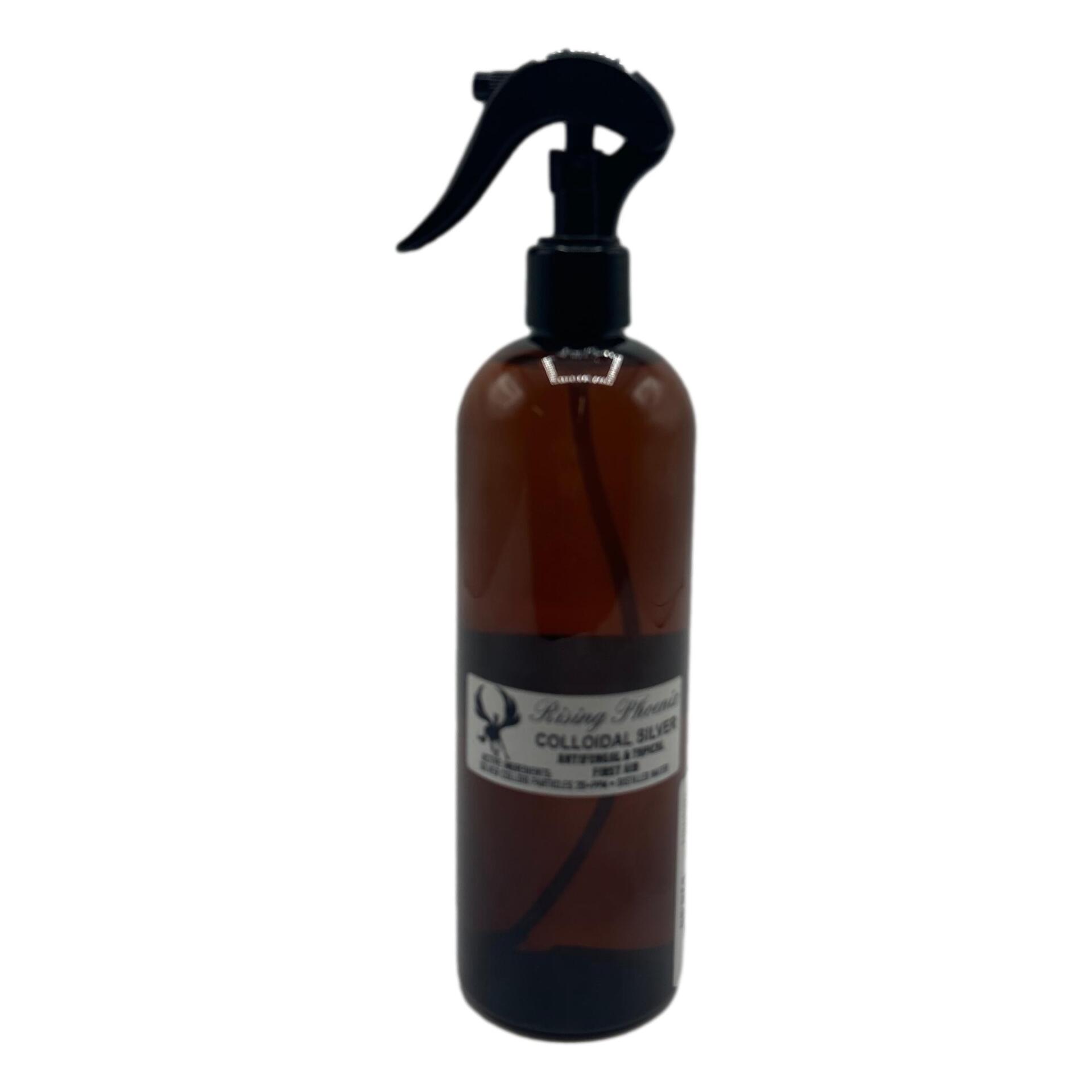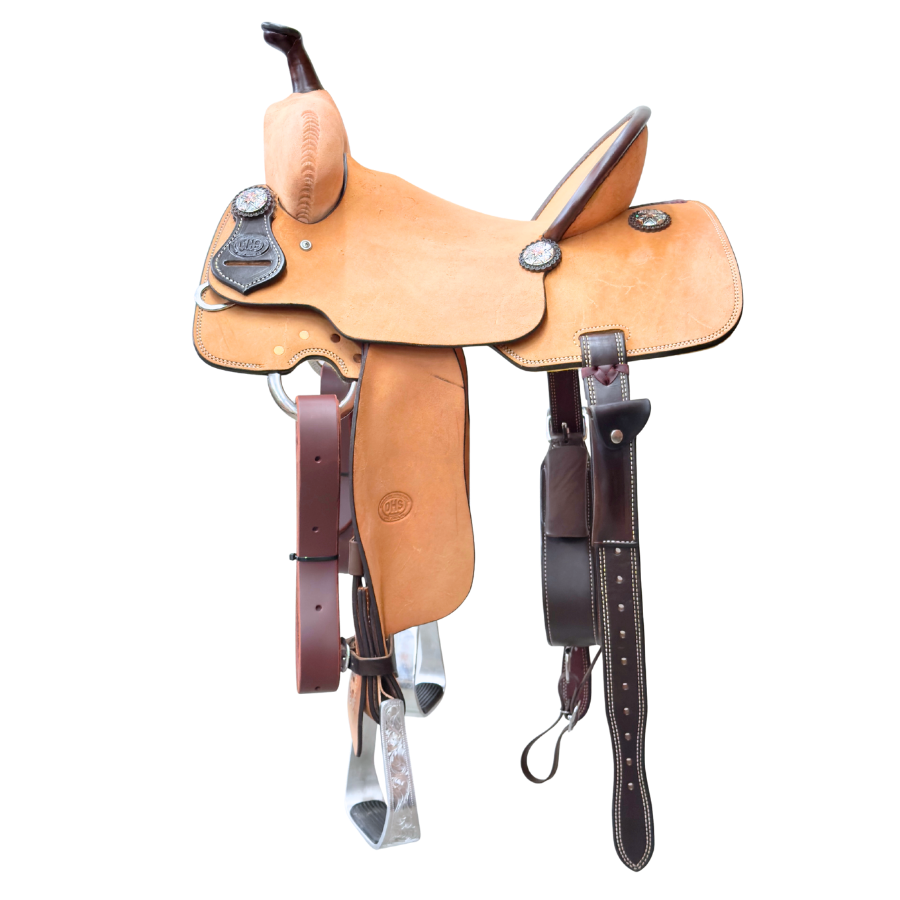As long ago as ancient Egyptian times, doctors recognized the medicinal value of silver. Various silver compounds have strong antibacterial and disinfectant properties. Silver nitrate, for example, has been used in applications as varied as the postharvest cleaning of oysters and crabs and recycling of water aboard the space shuttle.
Silver is an effective antibiotic because, depending on the particular microbe, it either blocks the enzymatic use of oxygen, inhibits DNA replication, or interferes with microbial energy production. At least 650 types of bacteria, fungi, and viruses can be killed by silver, and with its multiple ways of interfering with microbial function, it is less likely to play a role in the development of resistant strains.
Colloidal silver, in which a citrate is bonded to each silver atom, is a stable form that is nonreactive and achieves good tissue penetration. Colloidal silver products have been used successfully in the treatment of burns and wounds in horses, and silver inhalation therapy is often effective against respiratory tract infections.
Microbes that are resistant to common antibiotics are often effectively eliminated by the use of silver compounds. With the current move to eliminate drugs in the racing industry, some owners and veterinarians are looking back toward some traditional treatments that were used before the development of modern antibiotics.











